JoJo no kimyô-na bôken Online

Chronicles the struggles of the cursed Joestar bloodline against the forces of evil. Beginning in 1880, Part I follows Jonathan Joestar as he matures with and eventually combats his adoptive brother, the cunning, merciless Dio Brando. Set in 1938, Part II follows the misadventures of Joseph Joestar, grandson of Jonathan, as he masters the Ripple in order to combat hostile, ancient super-beings named the Pillar Men; creators of the Stone Mask. Part III follows Jotaro Kujo and his group as they journey from Tokyo to Cairo to save his mother's life by defeating his family's resurrected archenemy, Dio. In Part IV, an Arrow manifesting latent Stand abilities travels throughout Morioh, Japan in 1999; as high-schooler Josuke Higashikata (illegitimate son of Joseph) and friends seek out the culprit of a series of decade-long homicides. Set in 2001, Part V follows Giorno Giovanna, son of Dio, and his ambition to rise within the Neapolitan mafia by subverting its most powerful gang: Passione.
| Series cast summary: | |||
| Matthew Mercer | - | Jotaro Kujo 53 episodes, 2014-2016 | |
| Daisuke Ono | - | Jotaro Kujo 53 episodes, 2014-2018 | |
| Unshô Ishizuka | - | Joseph Joestar 49 episodes, 2014-2016 | |
| Tôru Ohkawa | - | Narrator 46 episodes, 2012-2016 | |
| Fuminori Komatsu | - | Jean-Pierre Polnareff 41 episodes, 2014-2015 | |
| David Vincent | - | Narrator / - 39 episodes, 2012-2016 | |
| Yuki Ono | - | Josuke Higashikata 37 episodes, 2016 | |
| Richard Epcar | - | Joseph Joestar / - 34 episodes, 2012-2016 | |
| Daisuke Hirakawa | - | Noriaki Kakyoin 33 episodes, 2014-2015 | |
| Kyle Hebert | - | Noriaki Kakyoin / - 28 episodes, 2014-2015 | |
| Kenta Miyake | - | Muhammad Avdol / - 27 episodes, 2014-2015 | |
| Doug Erholtz | - | Jean-Pierre Polnareff / - 26 episodes, 2013-2015 | |
| Takehito Koyasu | - | Dio Brando 23 episodes, 2012-2015 | |
| Wataru Takagi | - | Okuyasu Nijimura 22 episodes, 2016 | |
Hirohiko Araki is a big fan of Western music, and many of the characters and Stands in the show are named after musicians and songs.
The first three Jojos - Jonathan Joestar, Joseph Joestar and Jotaro Kujo - are tall dark-haired muscular men. Their design is based on Kenshiro, the protagonist from Hokuto no Ken (1984).
Joseph Joestar often speaks in English in small parts, saying things like "Oh no!" And "Oh my God!". Other characters occasionally also speak English, but it's mostly Joseph
Hirohiko Araki chose Egypt as Dio's modern-era base because he had once gone there on a trip and thought the people there looked threatening and fearsome. The location is a tribute to Mitsuteru Yokoyama's story "Babel II", which was set in the desert.
The JoJo family symbol is a heart, as seen in the opening credits of the "Diamond is Unbreakable" saga. Jotaro and Josuke wear heart decorations in their clothing in "Diamond is Unbreakable", and so does Dio Brando in "Stardust Crusaders" (in keeping with him stealing from the Joestars). The heart resembles courage and nobility, as well as frailty, qualities the Joestar family displays. It also represents the source of their power; Hamon (ripples of energy) and their later-evolved Stands come from blood, and the heart is what keeps blood pumping through the body.
Hirohiko Araki came up with Stands as a way to explain psychic powers: he didn't believe someone could move an object with their mind, but he could believe that someone created something with their mind that could move an object.
Dio Brando has the word "Muda" as his war cry. "Muda" is Japanese for "useless."
The "Jojo" in the title refers to each generation's protagonist having their name abbreviated to form Jo-Jo: Jonathan Joestar, Joseph Joestar, Jotaro Kujo, Josuke Higashikata, Shizuka Joestar, and Giorno Giovanna.
("Higashikata" and "Shizuka" can be rewritten as "Jo" in Japanese script, while Giorno's name homages his Italian background and his fusion of both Joestar and Brando blood).
The series uses several popular English songs licensed from their original recordings:
- "Phantom Blood" and "Battle Tendency" - "Roundabout" (by Yes)
- "Stardust Crusaders" - "Walk Like An Egyptian" (by The Bangles) and "Last Train Home" (by The Pat Metheny Group)
- "Diamond is Unbreakable" - "I Want You" (by Savage Garden)
- "Golden Wind" - "Freek'n You'" (by Jodeci).
In the "Stardust Crusaders" saga, most of the Stands are named after Tarot cards and Egyptian gods.
The series released on the 25th anniversary of the "Jojo's Bizarre Adventure" manga comic.
Jonathan Joestar's name was inspired by Jonathan's, a Japanese restaurant which serves western style food.
Many names of characters and Stands have to be altered in the English subtitles and dubs of the anime and games for copyright reasons. Some examples are: -Wham!/Wamu -ACDC/Esidisi -Cars/Kars -Steely Dan/Dan of Steel -Crazy Diamond/Shining Diamond (Pink Floyd) -Vanilla Ice/Cool Ice -Echoes/Reverb (Pink Floyd) -Killer Queen/Deadly Queen (Queen)
The major Stands seen in the saga represent an aspect of their user:
- Jotaro Kujo's Stand Star Platinum has intense power and speed, reflecting Jotaro's fighting-ready attitude.
- Josuke Higashikata's Stand Crazy Diamond has the ability to restore things, which Jotaro notes as representing his noble and kind nature. (both Star Diamond and Star Platinum work through rapid punches, which comes from the family ancestor Jonathan Joestar and his Sunlight Yellow Overdrive attack)
- Joseph Joestar's Stand Hermit Purple takes the forms of ropes (notably it's the only one to not have a humanoid form). He had previously used rope tricks in his youth to outsmart his opponents.
- Dio Brando's Stand the World reflects his godlike ambition, and is colored gold (a favourite color of his).
- Giorno Giovanna's Stand Gold Experience reflects his heritage of being from both Joestar and Brando families (it's gold, and it has the ability to create life and deflect attacks).
- Okuyasu Nijimura's Stand the Hand has blinkers on it, representing Okuyasu's stupidity.
- Yoshikage Kira's Stands Killer Queen and Sheer Heart Attack are used to kill, and respectively leave no evidence and keep Kira away from the actual death occurring. He later gets a new Stand, Bites the Dust, which enables him to undo mistakes by rewinding time.
- Rohan Kishibe's Stand Heaven's Door reflects his artist job - it works through making drawings, and enables him to control people like his art.

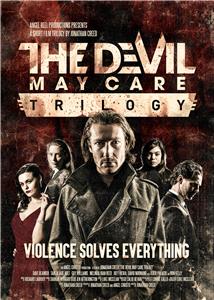
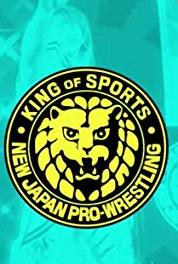
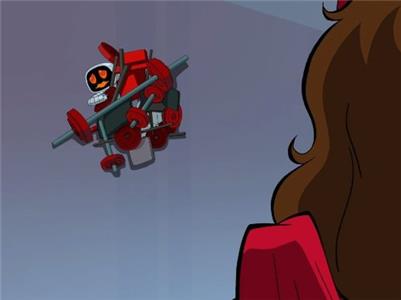

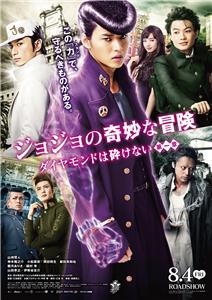

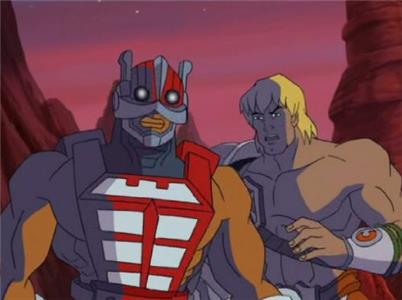

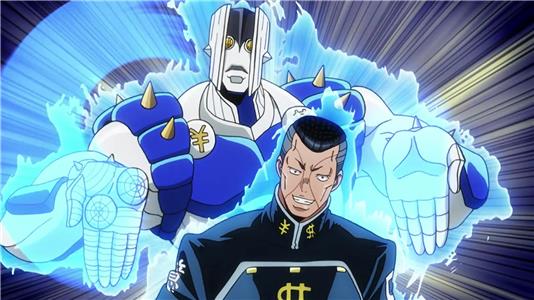
User reviews